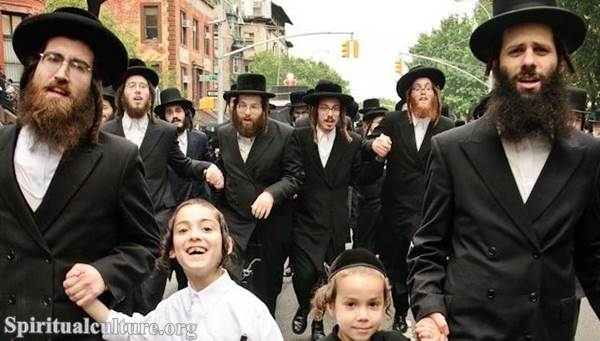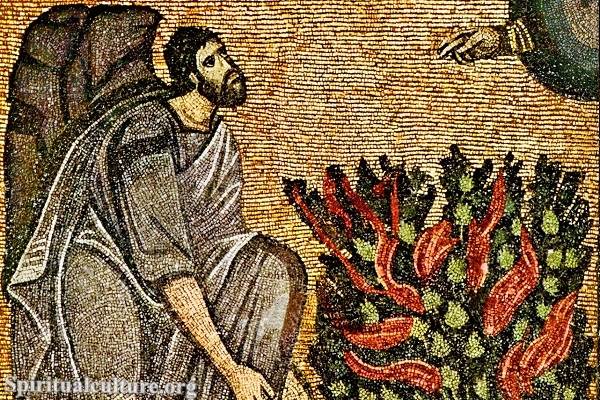Grief is a universal experience, yet how we grieve is shaped deeply by our traditions, beliefs, and hopes. In Judaism, mourning is not simply a process of emotional release—it is a sacred journey. It transforms personal sorrow into collective memory, anchors the soul of the departed in love and reverence, and gives the living a structured way to heal while honoring their deepest connections.
In this article, Spiritual Culture explores the profound wisdom embedded in Jewish mourning traditions. We will walk through the stages of mourning, the meaning of rituals like sitting shiva and reciting Kaddish, and reflect on how memory is not only preserved but elevated—becoming a spiritual bridge between generations and between heaven and earth.
At the heart of it all is a question that touches every soul: How do we remember, and how do we let go, without losing what was most sacred?
The Sacred Framework of Jewish Mourning
The Purpose Behind the Rituals
Mourning in Judaism is not left to chance or chaos. It is tenderly structured, intentionally paced. Each stage, from the moment of death to the first anniversary, has its own time, space, and spiritual purpose. This sacred framework helps mourners move from raw grief to enduring remembrance.
Halakhah and the Commandment to Mourn
Mourning practices are rooted in halakhah—Jewish law. Far from being a cold set of rules, halakhah here serves as a compassionate guide. Mourning is seen not only as an emotional process but a mitzvah, a commandment—acknowledging the sanctity of life and the dignity of death.
As the Talmud says, “Do not console a person while their dead lies before them” (Berachot 3:1)—a recognition of emotional timing and the need to allow the mourner to feel, not just heal.
The Five Primary Stages of Jewish Mourning
1. Aninut — The Time Between Death and Burial
This is the period of acute loss, from the moment of death until burial. The mourner is called an onen, and is exempt from religious obligations such as prayer and blessings.
A Time for Shock and Practicality
Emotionally, this is a time when shock dominates. Spiritually, it is a liminal space. Jewish law suspends religious duties because the focus is entirely on caring for the deceased—arranging the burial, ensuring proper rites, and respecting the body.
2. Shivah — The Seven Days of Mourning
“Shivah” means “seven,” and refers to the first seven days following burial. This is the most intense mourning period.
Sitting Shiva: A Space for Presence
Mourners stay at home, sitting low to the ground or on simple stools, symbolizing their descent into grief. Mirrors are covered, reflecting a focus on the soul rather than physical appearance. Visitors come not to cheer up, but to be present, to share silence or stories.
As Job’s friends did: “They sat down with him upon the ground seven days and seven nights… and none spoke a word unto him: for they saw that his grief was very great” (Job 2:13).
Mourner’s Kaddish Begins
During shivah, mourners begin reciting the Kaddish, not a prayer of death, but of praise to God—a radical act of faith in the midst of pain. It acknowledges that even in sorrow, God is still to be sanctified.
3. Shloshim — The First Thirty Days
After shivah, the mourner reenters the world—but gently. For thirty days after the burial, called shloshim, mourners refrain from joyous activities, celebrations, and in some cases, from shaving or cutting hair.
Relearning Life Without
This stage recognizes that grief does not end in a week. It provides space to adjust, to remember, to grieve privately even as life resumes publicly.
4. The First Year — For Parents Especially
When mourning a parent, the traditional mourning extends to a full year. During this time, children continue to recite Kaddish daily and avoid celebratory events.
Honoring the Ones Who Gave Us Life
This extended period reflects the profound bond between parent and child. In honoring their memory daily, we internalize their values, teachings, and essence into our lives.
5. Yahrzeit — The Anniversary of Death
Each year, mourners light a memorial candle and often attend synagogue to recite Kaddish on the yahrzeit, the anniversary of a loved one’s death.
A Light That Does Not Go Out
The yahrzeit is not a reopening of wounds, but a reaffirmation that the memory of the deceased still lives, still burns in the soul.
As Proverbs 20:27 teaches: “The soul of man is the lamp of the Lord.”
Memory as a Spiritual Practice
Not Just Remembering—Transmitting
In Jewish tradition, memory is not passive nostalgia; it is sacred transmission. The Hebrew word zachor—“remember”—appears nearly 200 times in the Torah. It is an action, a responsibility.
We remember not only for ourselves, but for those who come after. In mourning, we don’t just look back—we carry forward.
Storytelling and Legacy
During mourning, sharing stories becomes a sacred act. The tales of kindness, struggle, humor, and faith are not just memories—they are living echoes. These stories become ethical blueprints for descendants.
As the Talmud reminds us: “The righteous are called living even in death” (Berachot 18a). Why? Because their influence endures.
Yizkor: Collective Memory in Prayer
On major Jewish holidays, mourners recite Yizkor, a memorial prayer. This binds personal memory to communal identity. No mourner mourns alone. Memory, in Judaism, is a collective cathedral of the soul.
The Mourner’s Kaddish: Elevating the Soul
A Prayer Without Death
Perhaps the most mysterious and moving of all Jewish mourning practices is the Kaddish. Strikingly, it never mentions death. Instead, it praises God’s greatness, asks for peace, and honors the sanctity of creation.
Why Praise in Pain?
By proclaiming divine greatness in the midst of grief, the mourner affirms that life has meaning beyond comprehension. It’s a spiritual defiance of despair. It lifts the soul of the departed—and also the soul of the one left behind.
In a mystical sense, reciting Kaddish is believed to elevate the soul of the deceased, helping it ascend toward divine closeness.
Embodied Grief: Customs with Deep Symbolism
Covering Mirrors and Tearing Clothes
Why cover mirrors? To signal that our concern is not with appearances. We turn inward. Why tear garments? It’s a physical sign that something in us has been torn. These are not mere symbols—they are expressions of the body’s agreement with the soul’s pain.
Meals of Consolation
After a funeral, the community often provides the first meal for the mourners—typically including round foods like eggs or lentils, symbolizing the cycle of life. Even in grief, nourishment is given.
The Healing Power of Structure and Community
Grief in a Communal Context
Jewish mourning does not isolate the mourner. It draws them into the embrace of a community. The minyan (quorum of ten) required for Kaddish is not just technical—it ensures the mourner is never alone in prayer.
Time as a Healer, Not a Fixer
The gradual steps of Jewish mourning recognize that healing is not sudden. There are no shortcuts. But there is guidance, presence, and prayer. Each stage offers a vessel for grief—a way to mourn without drowning.
What This Means for You
Whether you are Jewish or not, the wisdom of these mourning traditions carries a universal message: that remembrance is sacred, that grief needs rhythm and care, and that love can live on in ritual.
Jewish mourning traditions teach us that:
- Grief is not an interruption of life, but part of life.
- Memory is not just for the mourner—it is for the world.
- The soul of a person can be honored not only in death but in how we live forward.
If you are mourning, may you find a way to sit with your sorrow, supported by love.
If you are remembering, may your memories glow like the yahrzeit candle—quiet, constant, and holy.
Let us honor those who came before not only by remembering them, but by embodying their best virtues.
As Jewish tradition so wisely says:
“In remembrance is the secret of redemption.” (Baal Shem Tov)




